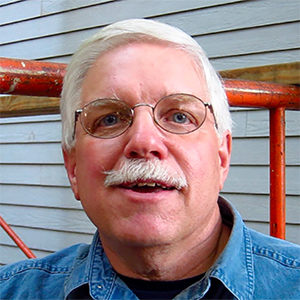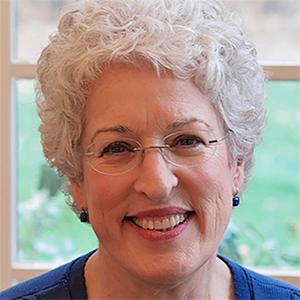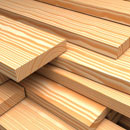How to Identify Mold in Your Home and What to Do About It
Published in Home Articles
Have you ever walked into a room and noticed a damp smell you could not quite place?
Many homeowners ignore these small signs, not realizing mold may be growing right under their noses. Mold can sneak into basements, bathrooms, and even bedrooms, affecting your home’s air and your health.
Understanding what causes it and how to stop it can save you stress, money, and worry. This article will help you identify mold in your home and show you what to do about it.
Signs of Mold in Your Home
Mold often starts in damp, dark areas where air does not circulate well. You may notice black, green, or white spots on walls, ceilings, or bathroom tiles. A musty or earthy smell is another strong clue that mold is present.
Not all mold is visible, so watch for peeling paint, bubbling wallpaper, or warped wood. These can show that moisture is trapped underneath. If you experience coughing, sneezing, or watery eyes that worsen indoors, mold could be the cause.
Common Hidden Places Mold Grows
Mold often hides behind walls, under carpets, or inside air ducts. Basements, attics, and crawl spaces are prime spots due to poor ventilation and trapped humidity. Leaky roofs and plumbing leaks also create ideal conditions for mold to grow unseen.
Appliances like washing machines and dishwashers can trap moisture around seals and hoses. Condensation near windows or around air conditioning units is another risk. Regularly checking these hidden areas helps catch mold before it spreads.
How to Safely Remove Mold
For small areas, clean mold using water and detergent or a mild bleach solution. Always wear gloves, goggles, and a mask to avoid breathing in spores. Keep doors and windows open while cleaning to improve airflow.
Avoid dry-scrubbing mold, as this can release spores into the air. If the affected area is large or if mold is inside the walls, call a certified professional. Proper containment and cleaning prevent spores from spreading to other rooms.
For homes dealing with widespread or recurring mold, professional mold removal services can ensure safe and complete remediation. These experts use specialized tools and techniques to eliminate mold at the source while reducing future risk.
Preventing Mold from Returning
Moisture control is the key to keeping mold away. Fix leaky roofs, windows, or pipes as soon as you spot them. Use a dehumidifier in damp areas and keep indoor humidity below fifty percent.
Improve ventilation by running exhaust fans in kitchens and bathrooms. Dry wet areas quickly after spills or flooding. Regular inspections and cleaning will make your home less welcoming to mold in the future.
Health Risks Linked to Mold Exposure
Mold releases tiny spores that can irritate the eyes, skin, and lungs. People with allergies, asthma, or weak immune systems are at higher risk of reaction. Symptoms often include sneezing, coughing, nasal stuffiness, and itchy eyes.
Long-term exposure can cause chronic breathing problems and worsen existing conditions. Some molds produce toxins that may lead to fatigue or headaches.
Breathe Clean and Live Calm
Mold does not belong in the comfort of your home. Keeping it away takes awareness, quick action, and a little bit of care for your living space. Once you understand how it grows and spreads, you can stop it before it becomes a problem.
A home free of mold feels fresher and healthier. Taking small steps today builds lasting peace of mind tomorrow.
Was this article helpful to you? If so, make sure to check out our blog for more useful information and resources.




























Comments